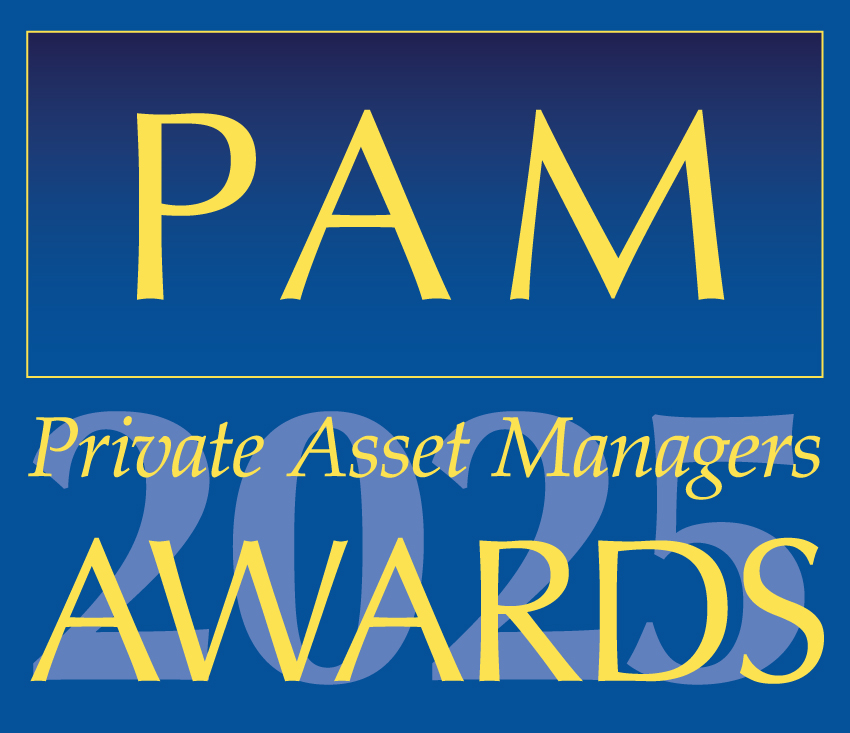What is pension drawdown and how does it work?
Pension drawdown is simply the terminology used by the pension industry to describe taking income from your pension in a flexible way.
Before the introduction of pension freedom rules in April 2015, flexible pension drawdown didn’t exist.[1] The Government capped how much income you could take from your pension unless you had other income sources. Individuals also typically exchanged their pension savings for an insurance product called an annuity that would provide a guaranteed income for life.[2]
Today, you can theoretically access as much, or as little, of your pension as you want. However, there could be some serious tax consequences if you took the entire amount out in one go. Furthermore, whilst annuity rates have improved, people have got use to the flexibility investing their pension provides and most opt to invest their funds with the aim of achieving a higher growth rate. This all means more choice, and responsibility for the consumer. There has never been a greater need to have a detailed understanding of your spending needs and consequently how to go about investing your money.
Pension drawdown is also known as ‘flexi-access’
Pension drawdown is also commonly referred to as ‘flexi-access’ but, what very few people realise, is that most workplace pension schemes don’t provide a ‘flexi-access’ service at all. This means, that if you wish to access your pension flexibly (in line with your spending requirements) in retirement, you will likely need to change your pension provider to achieve it.[3]
A need to access money flexibly is one of the main reasons individuals engage with their pension at retirement – they are effectively forced to carry out a transfer simply to start drawing income. Really, it’s something you should take advice on long before your retirement. You want to ensure that, when the day arrives, you have a clear understanding of how much income you require from your assets. This will allow you to determine how much you, therefore, need to have invested and that you can access your money in a way that is right for you. Things can become really challenging if you leave it until the last minute.
Do you need help with your retirement planning?
Our specialists can help you prepare for retirement and provide ongoing advice once retirement has arrived. Get in touch to discuss how we can help you.

Pension drawdown and tax
You can take up to 25% of your pension completely tax-free once you reach retirement age. Although, it’s worth noting that this is limited to 25% of previous lifetime allowance, which is normally £1,073,100.[4] You don’t have to take the full 25% out in one go. In fact, many individuals will drip their tax-free cash out slowly. This is to benefit from continued growth in the remainder of their pension whilst accessing a portion of their tax-free cash on a regular basis to aid tax-efficiency. However, they will be making use of uncrystallised pension lump sum rules to achieve this, so only 25% of each withdrawal is paid out tax-free.[5]
Excluding your tax-free cash, all withdrawals taken from your pension are taxed at your marginal income tax rate. As such, it’s important to be cautious prior to taking a lump sum out of your pension. If you have already used up your tax-free cash and draw a significant amount from your pension in a single tax year, you could easily be taken into a higher tax band.[6]
Most high-quality advisers will work with you to build your assets within multiple tax vehicles alongside your pension. This is generally to ensure that it isn’t just your pension meeting your income needs, which can significantly reduce your tax burden if carried out correctly.
In summary, pension drawdown is essentially just accessing your money as and when you need to within certain tax rules. Make sure your pension scheme facilitates flexi-access drawdown as you may need to transfer your funds if it doesn’t. It’s also important to carefully consider the tax implications of any withdrawals prior to making them. As always, if you aren’t sure, take some advice.
Do you need help with your retirement planning?
Our specialists can help you prepare for retirement and provide ongoing advice once retirement has arrived. Get in touch to discuss how we can help you.

Article sources
Editorial policy
All authors have considerable industry expertise and specific knowledge on any given topic. All pieces are reviewed by an additional qualified financial specialist to ensure objectivity and accuracy to the best of our ability. All reviewer’s qualifications are from leading industry bodies. Where possible we use primary sources to support our work. These can include white papers, government sources and data, original reports and interviews or articles from other industry experts. We also reference research from other reputable financial planning and investment management firms where appropriate.
Saltus Financial Planning Ltd is authorised and regulated by the Financial Conduct Authority. Information is correct to the best of our understanding as at the date of publication. Nothing within this content is intended as, or can be relied upon, as financial advice. Capital is at risk. You may get back less than you invested. Tax rules may change and the value of tax reliefs depends on your individual circumstances.
About Saltus?
Find out more about our award-winning wealth management services…
Winner
Investment Performance: Cautious Portfolios
Winner
Top 100 Fund Selectors 2024
Winner
Best Places to Work 2024
Winner
Best Financial Advisers to Work For
£8bn+
assets under advice
20
years working with clients
350+
employees
97%
client retention rate








